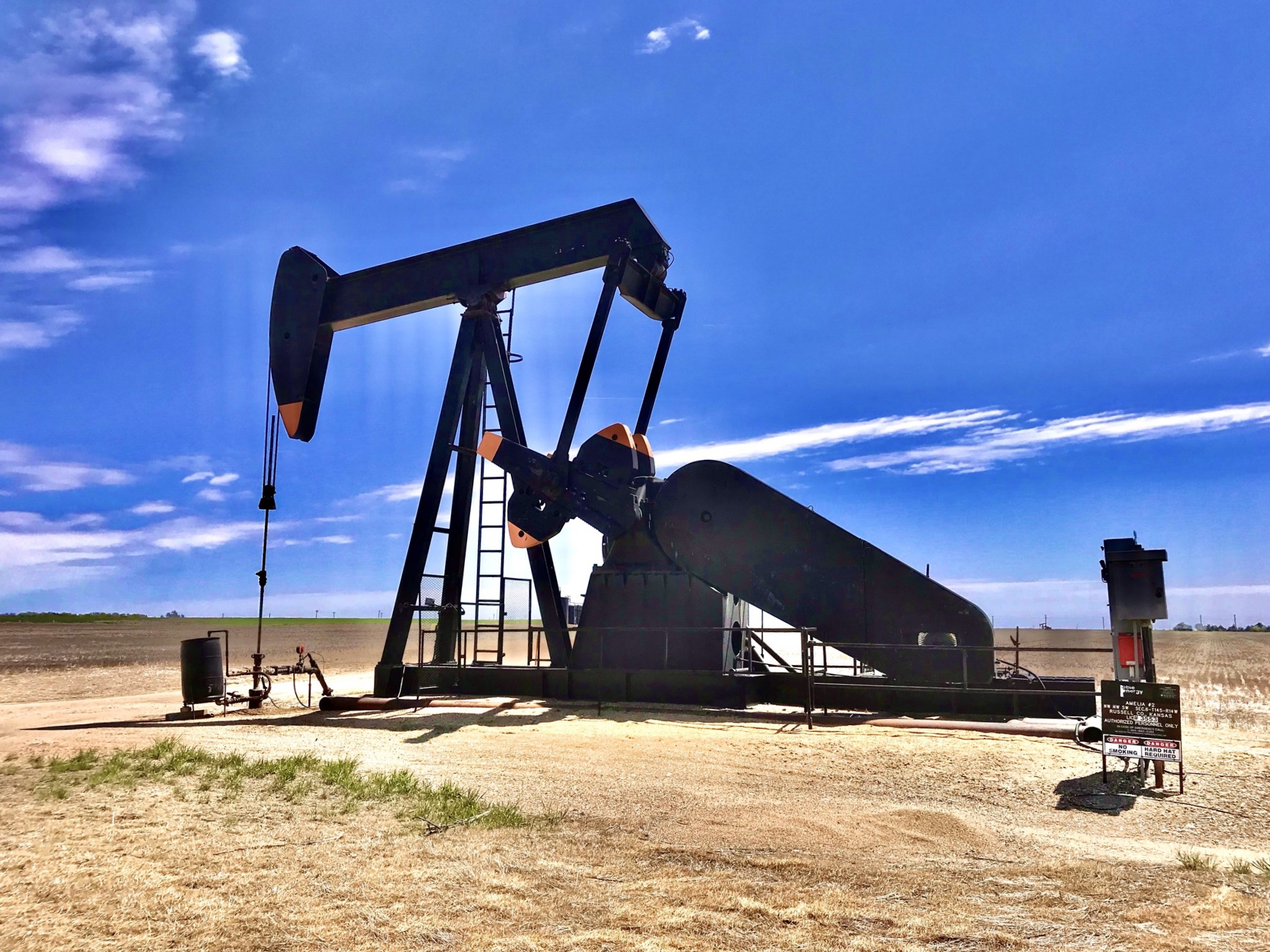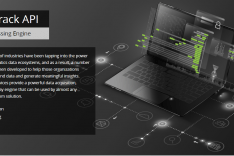Oil and Gas Solutions Series
This article is part of a series on satellite-based solutions that are intended to help oil and gas companies improve their bottom line by highlighting opportunities to leverage data in an effort to improve efficiency and operational safety. To view other OGSS articles, please see the links in the "Looking Ahead" section of the introductory article.
Real World Scenarios
I worked as a Fluid Pump Operator a few years back for a Coiled Tubing Company in West Texas. They were in the process of modernizing the software the company used to keep up with changing laws and mandates. An updated law required all drivers to keep both a written and digital copy of their commercial driving logs. This sounds easy on paper, but it was a nightmare in practice. The GPS systems in place were struggling to implement the new software, dispatch was having a hard time managing multiple software suites, and the struggle was costing the company time and money. This issue raged on the entire time I was employed with them. Many drivers opted to just not keep a log at all, risking their CDL and employment as a result. This caused a lot of stressors between ground hands and middle management, and likewise with middle management and upper management.
Client Obstacles
Nothing seems to affect the bottom line more than lost efficiency from issues with equipment, hardware, and software. Oil and Gas companies are typically running interstate or even international operations where equipment, vehicles, and personnel need to be managed over large swaths of area. There are many different software suites designed to help improve ROI on shipments, logistics, and fleet management. Many of these suites, however, fail to communicate effectively with each other, forcing the user to have multiple access points. This means companies either need more personnel to monitor different software systems, or require a small team to manage multiple systems at once with little room for error. Both options cost the company time and money.
The Solution
Application Programming Interface (API)
One amazing feature GSatTrack offers is an Application Programming Interface or API. The GSatTrack API is essentially an access point where the back ends of two or more software systems can communicate with each other. In layman's terms, the data collected from exterior hardware or software suites can be accessed and integrated within GSatTrack through API connections. The API allows GSatTrack to ingest, process, and relay data from multiple devices and endpoints. This feature allows companies to continue utilizing existing technologies required for compliance or security. GSatTrack's API allows GSatTrack users to move data through their GSatTrack account to and from other data services that support API integration.
GSatTrack can ingest the data of hardware and APIs from many different products on the market. This feature also allows GSatTrack to extract data from some software portals that have device-proprietary packets, making it appear as if it were the primary portal. Some of the most common API tools used in GSatTrack are field operative location and status tracking, SCADA, M2M solutions, and application developer live data. The GSatTrack API can be utilized as a third party processing platform to support more devices, consume more data, and feed this information into a single platform with few scripts. Custom data fields can also be created to accommodate data points that are not typical for GSatTrack, allowing companies to tailor the portal to their needs.
The Result
Completely scrapping existing technology systems for a new system is often very difficult and expensive. Many oil and gas companies struggle to find a single technology suite to fit all of the needs and requirements they have. This means that the best solution is often utilizing a combination of technology packages. GSatTrack can ingest data from other platforms, and can also provide data to other platforms using its API, allowing companies the flexibility of running multiple technology suites from one single portal.
This means that managers are only having to access a single portal in order to view the data being collected from multiple systems. The end result is that companies have more flexibility with phasing in or out specific technology suites without having to completely replace everything at once. They are also able to access more information from a single location before minimizing the time and demand on personnel monitoring these systems. This means managers will be more efficient and less overwhelmed relieving stress and mounting costs on companies to find a better alternative.



